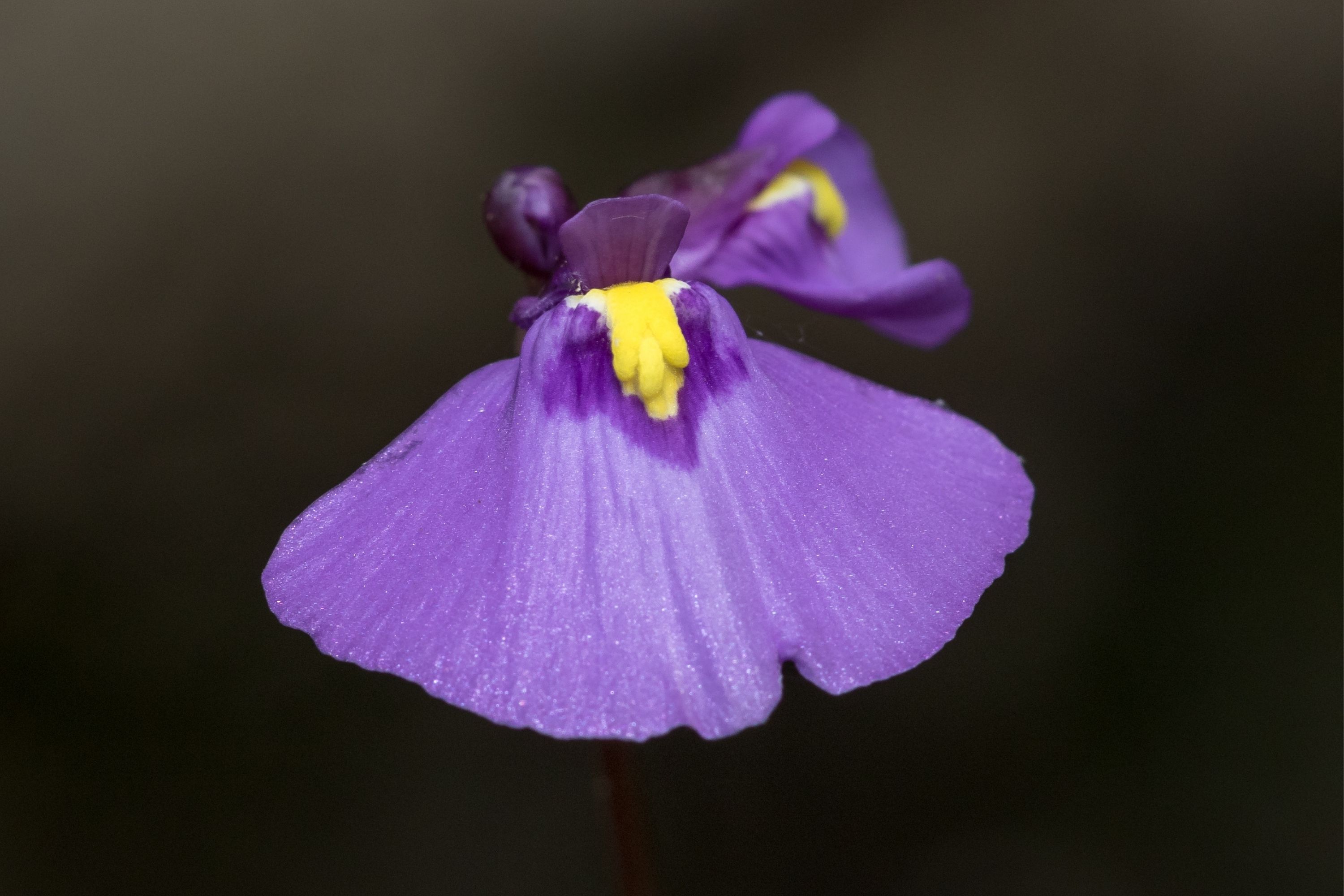Utricularia humboldtii
(Utricularia humboldtii)

Description
Utricularia humboldtii is a large perennial carnivorous plant that belongs to the genus Utricularia. Peter Taylor lists it as eitheran "aquatic-epiphyte", a subaquatic or a terrestrial species. U. humboldtii is endemic to South America, where it is found in Brazil, Guyana, and Venezuela. It was originally published and described by Robert Hermann Schomburgk in 1840. It is usually found growing in the water-filled leaf axils of some species of bromeliad, including Brocchinia micrantha, B. tatei, and B. reducta and also plants in the genus Orectanthe. It also grows as an epiphyte on tree trunks or as a subaquatic or terrestrial species in shallow water or wet soil in open savanna. It is found mostly between altitudes of 1,200 m (3,937 ft) and 2,500 m (8,202 ft), though it has been found at altitudes as low as 300 m (984 ft). It has been collected in flower throughout every month of the year. U. humboldtii possess the largest flower of the genus and most likely also the largest bladder traps. As it usually lives within the water-filled leaf axils of bromeliads, it occasionally needs to search for new pools of water, so it sends out upright stolons that find nearby bromeliads, descend into the water, and grow into a new plant. Utricularia, commonly and collectively called the bladderworts, is a genus of carnivorous plants consisting of approximately 233 species (precise counts differ based on classification opinions; a 2001 publication lists 215 species). They occur in fresh water and wet soil as terrestrial or aquatic species across every continent except Antarctica. Utricularia are cultivated for their flowers, which are often compared with those of snapdragons and orchids, especially amongst carnivorous plant enthusiasts. All Utricularia are carnivorous and capture small organisms by means of bladder-like traps. Terrestrial species tend to have tiny traps that feed on minute prey such as protozoa and rotifers swimming in water-saturated soil. The traps can range in size from 0.02 to 1.2 cm (0.008 to 0.5 in). Aquatic species, such as U. vulgaris (common bladderwort), possess bladders that are usually larger and can feed on more substantial prey such as water fleas (Daphnia), nematodes and even fish fry, mosquito larvae and young tadpoles. the traps are extremely sophisticated. In the active traps of the aquatic species, prey brush against trigger hairs connected to the trapdoor.
Taxonomic tree:







